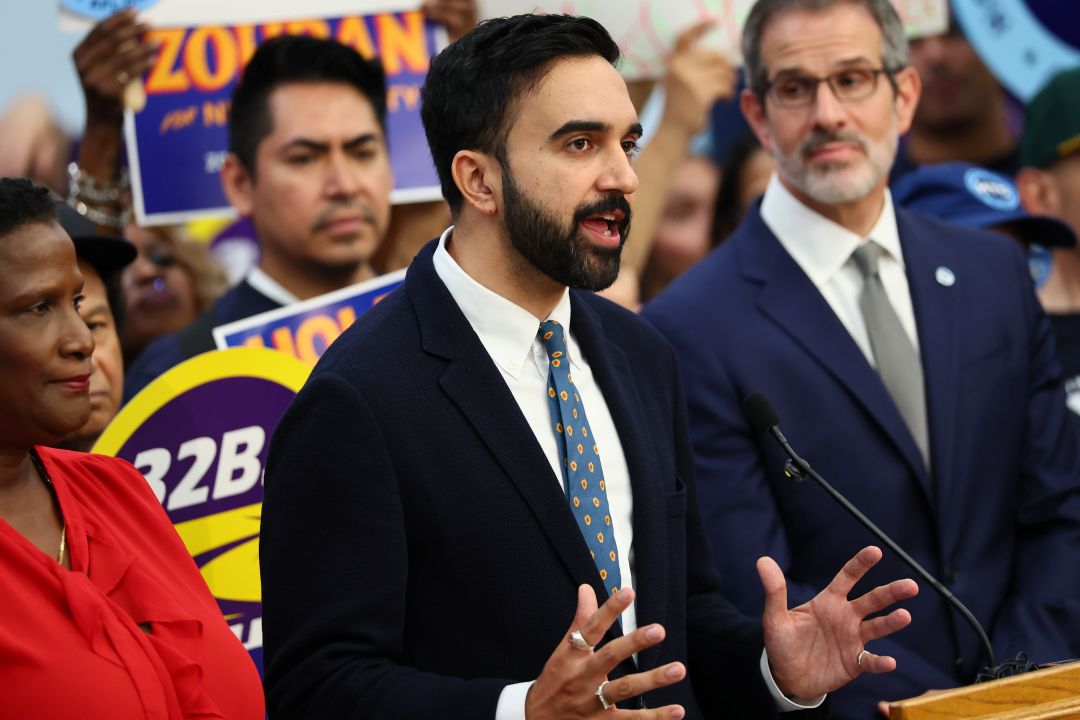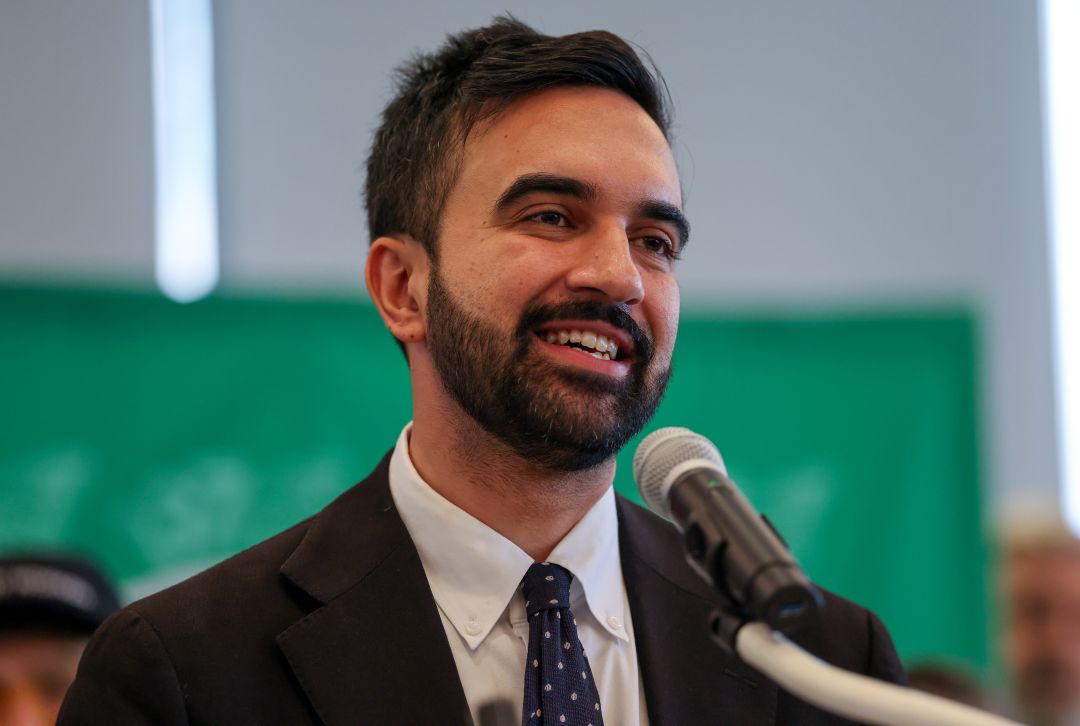New York’s existential crisis continues apace. Just a few years ago, congestion pricing — a toll for drivers entering Manhattan — was unthinkable. Now, it’s inevitable. But it won’t be enough to fix the transit system, which underpins the region’s economy.
Advocates of congestion pricing once pushed it as a panacea for the subways: $1.5 billion a year, by many people’s measures a lot of money. Yet informal estimates put the first half of the MTA’s Fast Forward plan to modernize signals and stations at nearly $20 billion over five years — which, if you are slow at math, is $4 billion a year.
That’s inconvenient, but two pieces of news last week make a tricky situation worse.
First, Politico reported that the MTA may end up asking for $60 billion over five years. What’s going on here?
“Just a few years ago, congestion pricing — a toll for drivers entering Manhattan — was unthinkable. Now, it’s inevitable.”
Politics as usual. It’s highly unlikely that Gov. Andrew Cuomo and suburban lawmakers — no matter what party controls the Legislature come January — would approve a rescue for the subways of that size, certainly not without throwing in prohibitively expensive new goodies for Westchester and Long Island, too.
In the past, when faced with big capital investments, the MTA has resorted to borrowing. But the authority is already $41 billion in debt — and its annual debt costs are set to rise from $2.6 billion to $3.3 billion a year over the next four years, even without Fast Forward.
Second, at Wednesday’s board meeting, MTA chairman Joe Lhota acknowledged the depth of the MTA’s “bleak” financial situation.
“We’re going to need to band together,” he bucked up fellow board members, to “secure multiple sources of additional, recurring revenue . . . I say multiple sources . . . because congestion pricing, even when fully developed and completely implemented, will not be enough.”
When looking at outside audits of MTA finances, he counseled, “Don’t let it scare you.”
But all this can only mean one thing: The MTA’s semi-annual budget update in November won’t be very good. The MTA can likely balance its budget for next year. But not after that, as it faces recurring deficits that creep past $600 million annually by 2022. In the July budget, the MTA said it needed just one “new source of future funding.”
And that’s without a recession — although, in the broader US economy, signs suggest the current boom times are coming to an end. The stock market, officially in a correction of more than 10 percent in little more than a month, certainly thinks so.
In the past year or so, elected officials such as Cuomo have come around to congestion pricing, once considered politically toxic, not because they have become enlightened about the environment, but because there is no other big pot of money left.
Millionaires’ tax, as Mayor Bill de Blasio wants? The state already has an 8.82 percent “temporary” tax rate on people earning over $1 million annually, compared to the 6.85 percent rate for high-six-figure earners. It brings in $4.5 billion annually, but not for transit. Payroll tax, sales tax, petroleum taxes, real estate taxes — the MTA already has all those, reaping nearly $6 billion annually next year, or more than a third of the $16.3 billion budget.
“Elected officials such as Cuomo have come around to congestion pricing... because there is no other big pot of money left.”
The technocratic thing to do would be to raise some of these existing taxes just a little, so as not to anger any one constituency. But it doesn’t solve the problem. Raising the third of a percent tax on regional payrolls by 10 percent, for example, and making the tax slightly progressive, might raise $250 million or so — easily swallowed up by the MTA’s increasing costs.
What are the costs? The same intractable public employee costs that no New York politician wants to address. Over four years’ time, the MTA’s $5.3 billion payroll will rise by half a billion dollars. Health care costs will rise by $600 million.
The MTA is heroically trying to cut costs around the edges — but these attempts often backfire. Cutting nighttime cleaners a year ago just made riders feel unsafe, and meant more trash for morning workers to pick up. The MTA is now adding them back.
Without big change in how it approaches its costs — change still not apparent even after a year of new MTA management — billions more dollars will just mean more of the same
This piece originally appeared in the New York Post
______________________
Nicole Gelinas is a senior fellow at the Manhattan Institute and contributing editor at City Journal. Follow her on Twitter here.
This piece originally appeared in New York Post



